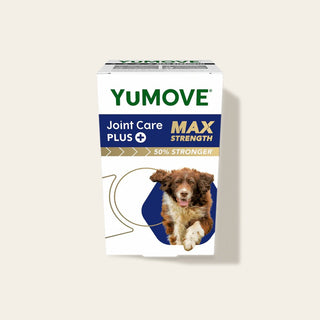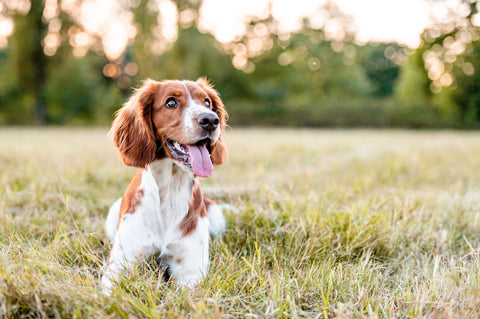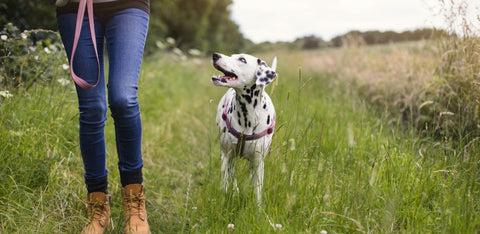
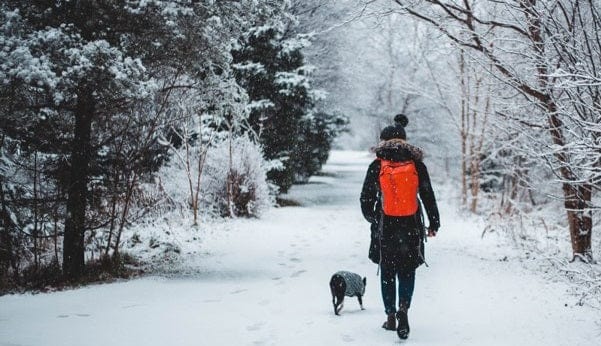
Walking your dog in icy conditions
Walking on ice...
As the song goes – “Baby, it’s cold outside”. But even in the depths of winter, when the temperature hovers around freezing, your dog’s still raring to go. So we layer up with woollens and thermals, lace up our boots, and get out there, daring the weather to do its worst.
But when there’s ice on the ground, it can be hazardous both for you and your dog. Here we take a look at the possible dangers and discover how you and your furry friend can take cold weather in your stride.
Cool coats for wintry walks
Some breeds laugh in the face of winter, because they’re warmly cocooned in luxurious thick coats designed to cope with freezing temperatures. They include all the double-coated dogs who have a dense undercoat of short hairs combined with a longer top coat.
As you might expect, the Akita, Siberian Husky, Bernese Mountain Dog and Newfoundland are blessed with coats that are the equivalent of a 20 tog duvet. However, the double-coated doggy tribe also includes the Pomeranian, a breed that’s related to sled dogs, the Shih Tzu and the Scottish Terrier. That said, every dog is different, and it’s not a hard rule – some of these breeds may still feel the chill in colder weather. Always keep an eye on your furry friend to ensure they’re warm and comfortable.
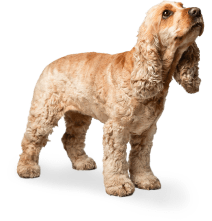
At the other extreme are short-haired or hairless breeds that are better adapted to a summer stroll in Provence than a sleigh ride in the snow. They include Chihuahuas, Whippets, Greyhounds, Boxers, Dachshunds and Vizslas. Oddly enough, Great Danes, although massive, are also lacking on the insulation front.
All these shivery souls can benefit from wearing a winter coat to help protect them from chilly weather. Just make sure the coat is a good fit: not too tight, with room for your dog to stretch and move easily.
Taken for a spin

Winter mornings can be stunning, as the low sunlight catches the bare branches of the trees and glints on the ice that frosts the fields and hedgerows. But those early morning walks can also be hazardous.
If it’s icy underfoot and your canine companion suddenly pulls on the lead, you can quickly come down to earth with a painful bump. Prevent this from happening by:
- Training your dog to walk nicely on the lead. This RSPCA article has some good tips, including rewarding your dog for walking on a loose lead and stopping still the moment they start pulling.
- Considering putting a headcollar or body harness on your dog to give you more control over their movement.
You could also wear anti-slip ice grippers that fit over the soles of your shoes or boots to give you extra traction in icy conditions.
Does your dog have total recall?

In icy weather, it’s more important than ever that your dog comes back the instant that they’re called. If they head off towards a frozen lake for instance, you have to be sure that they’ll return the moment you call their name.
Taking care of your dog’s joints
When it’s cold and icy outside, our joints have a tendency to stiffen up, and the same is true for our furry friends. Keeping active is vital to help your dog’s joints stay supple and to make sure they get the exercise they need during the winter months.
As well as going for regular walks, look after your dog’s joints in winter by:
- Making sure their bed is in a warm, cosy place. Don’t put them out in a cold conservatory on a hard, tiled floor.
- Keeping your dog’s weight under control. Additional weight can add pressure to your dog’s joints, which can make them more prone to stiffness.
- Considering a joint supplement for dogs such as YuMOVE Joint Care with scientifically backed ingredients which help soothe joints with Omega-3 and aid mobility.
By the way, did you know we’ve also developed iMOVE, a daily joint supplement for humans? It’s based on the same high-quality ingredients, but tailored to the needs of active pet parents.
When it’s cold outside, pay extra attention to your dog’s paws. A professional groomer can trim the hair on their paws to reduce the chances of slipping on ice and to make it less likely that ice, snow and grit will get stuck in the nooks and crannies, potentially causing issues.
Dogs like Siberian Huskies have specially adapted pads that are water and frost-resistant. However, your average dog’s paws are highly sensitive to the cold. In extreme cases, they can even develop frostbite.
The nitty gritty
Recently gritted surfaces can be harmful to dogs. Grit can get stuck in their paws, causing soreness, redness or cracking. In addition, the salt and chemicals in grit may cause further irritation and chemicals can be dangerous if your dog licks their paws.
To protect your dog, rinse their paws with warm, temperature-controlled water at home after walks on gritted surfaces, and dry them thoroughly. If this isn’t enough to remove all grit or if their paws still seem irritated, consider a visit to a professional groomer for a more thorough clean and care.
Dangers in the dark
During the winter months, you’re more likely to find yourself taking your dog out for walks in the dark.
